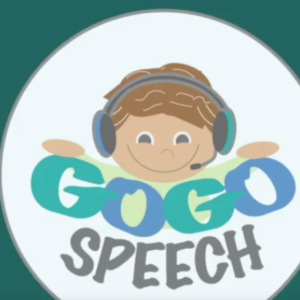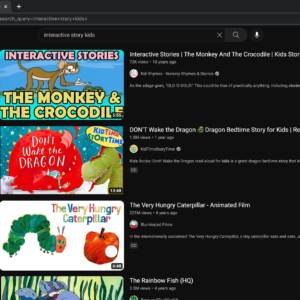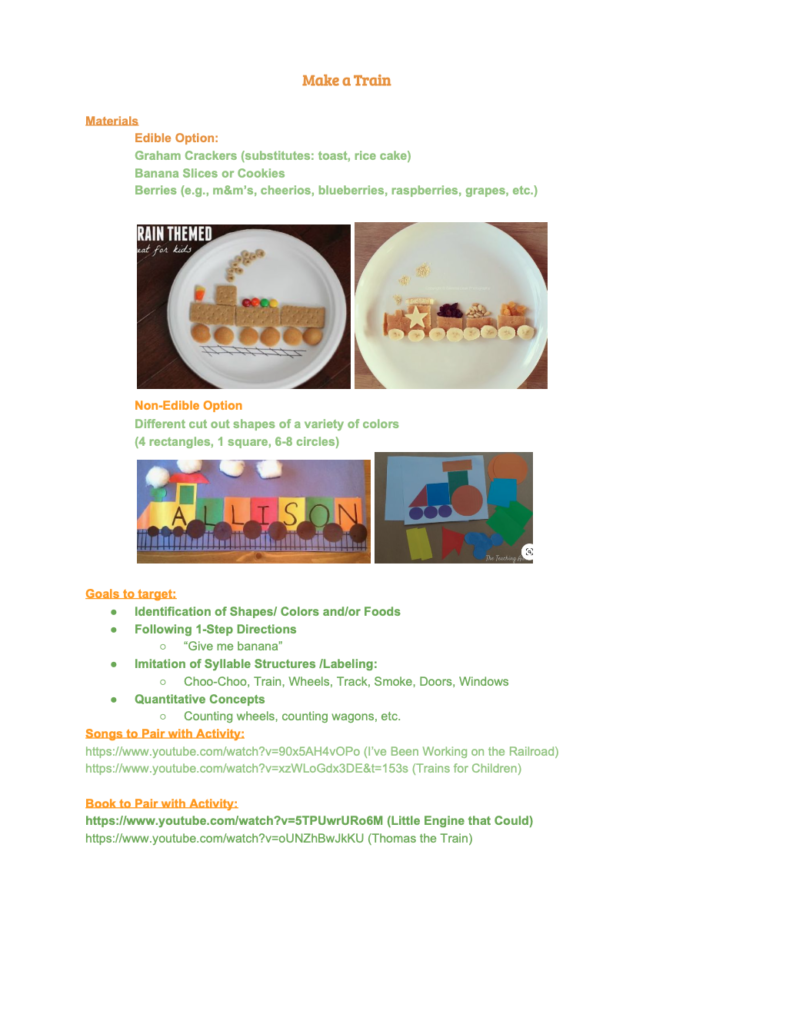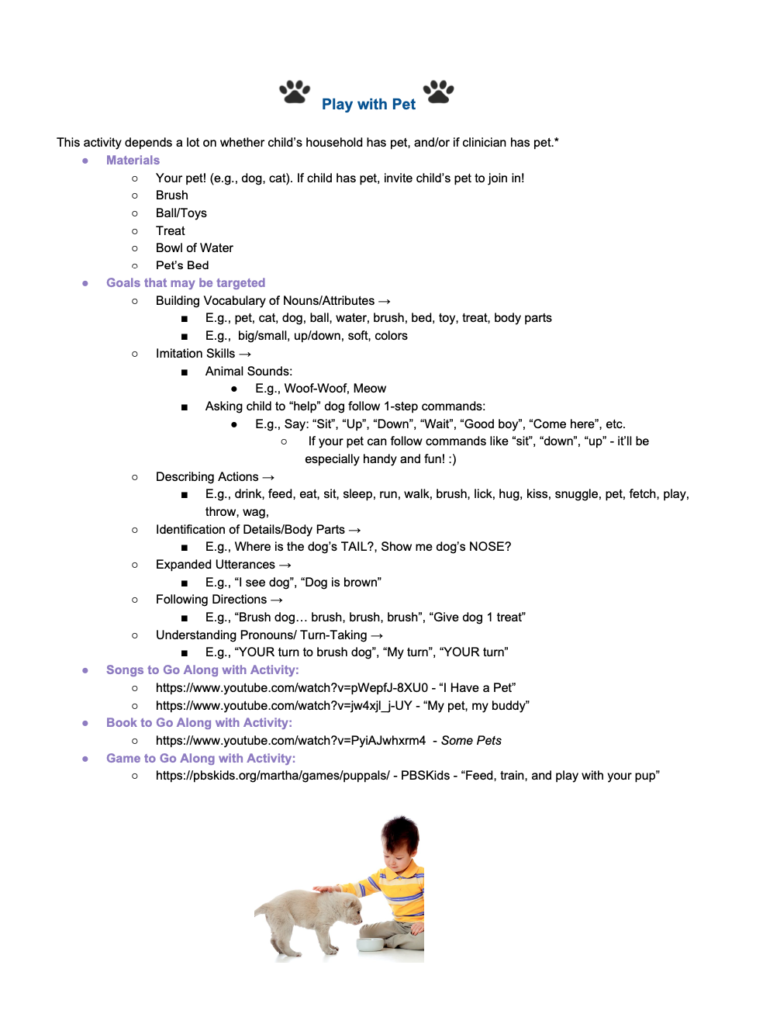Tele-therapy, which is a therapy session conducted by a health-care provider via technology, continues to grow and become exceedingly popular. It grew in popularity during 2020, when the world was hit with COVID-19. Now, a few years later in 2023, we know that research shows us that tele-therapy is effective in yielding positive results.
So now that we know how well it works, as therapists (e.g., speech-language pathologists, occupational therapists) — how do we keep tele-therapy entertaining for the pediatric population? The first few weeks with a child receiving tele-therapy – there are an array of websites to keep their interest. But what about for the children who have been doing tele-therapy for a few years? How do we keep it exciting for them?
Below are some tips and activity sheets that may hopefully help!
- Picking out Different themes
-
-
- Planning sessions around themes not only makes it exciting for the child, but it also aids in the planning for the therapist. Luckily, various months of the year have a holiday (e.g., Valentine’s Day, St. Patrick’s Day, etc.) that you can create a plan for. You can also use create your own “Theme of the Week” with fun, interesting topics for children (e.g., “camping”, “weather”). Novelty is key in keeping children interested.
-
- Cycle the Electronic Visual Display
-
-
- If a child is always expecting the same electronic display (e.g., a “website” display) via tele-therapy, even if they are different websites, it may feel a bit monotonous for them. As mentioned in the previous point, novelty is key for keeping intrigue. Switching up electronic visual displays can help keep the child on his/her toes on what will be presented during the session. For example, during a 1 hour session with a patient, the tele-therapist may choose to cycle electronic displays as follows:
- First few minutes → Conversation
- 10 minutes → Website display (e.g., games, articles, reading)

- 10 minutes → PowerPoint display (e.g., check out “Facebook Green Screen Group” for various power-points that tele-therapists have shared)


- 10 minutes → Green-screen display (e.g., along with “Facebook Green Screen Group”, check out gogospeech.com for a variety of green-screen activities)

- 10 minutes → Video display (e.g., be sure to check out websites such as www.islcollective.com for video lessons and/or share a YouTube video for music, story-telling, etc. )

- 10 minutes → Object/Manipulatives Time (e.g., instead of sharing any screens, use time to demonstrate/work with real objects in the household – sometimes kids love just working with real toys!)
- Last minutes → Wrap up the session and review learned concepts!
- If a child is always expecting the same electronic display (e.g., a “website” display) via tele-therapy, even if they are different websites, it may feel a bit monotonous for them. As mentioned in the previous point, novelty is key for keeping intrigue. Switching up electronic visual displays can help keep the child on his/her toes on what will be presented during the session. For example, during a 1 hour session with a patient, the tele-therapist may choose to cycle electronic displays as follows:
-
- Think outside electronics!
-
-
- Sometimes, when we think of tele-therapy, we think of mostly electronic materials. However, although it may initially take more planning, sessions are kept fresh with the use of materials in the household. Below are some activity sheets, mostly centered for the early intervention population.
- Use of Nature →

- Use of Food →

- Use of Pets →

-
- Make sure YOU are entertained!
-
- If you feel that your patient is getting a bit bored of the activities, it is important to self-reflect: are you a bit bored? Even if you have passion and love for working in the tele-therapy world, it is understandable to experience “screen fatigue” and have moments of feeling “stuck” on how to continually keep plans exciting. Take a pause to re-motivate yourself – whether that’s organizing your workspace, varying up your scenery, changing up your own personal routine, etc. The key word is – change. Make a small positive change in your day-to-day life. Just as the patient will appreciate changes in expectations, so will you!
We hope some of these tips and shared ideas will help increase engagement and interest during online speech therapy tele-therapy sessions, particularly in the children who have received tele-therapy for some time. And most of all, always remember: if you have fun and are enthusiastic about what you present, that will translate via the screen. You got this!
Andrea Scola, M.S., CCC-SLP, Exceptional Speech Therapy Blog Writer

